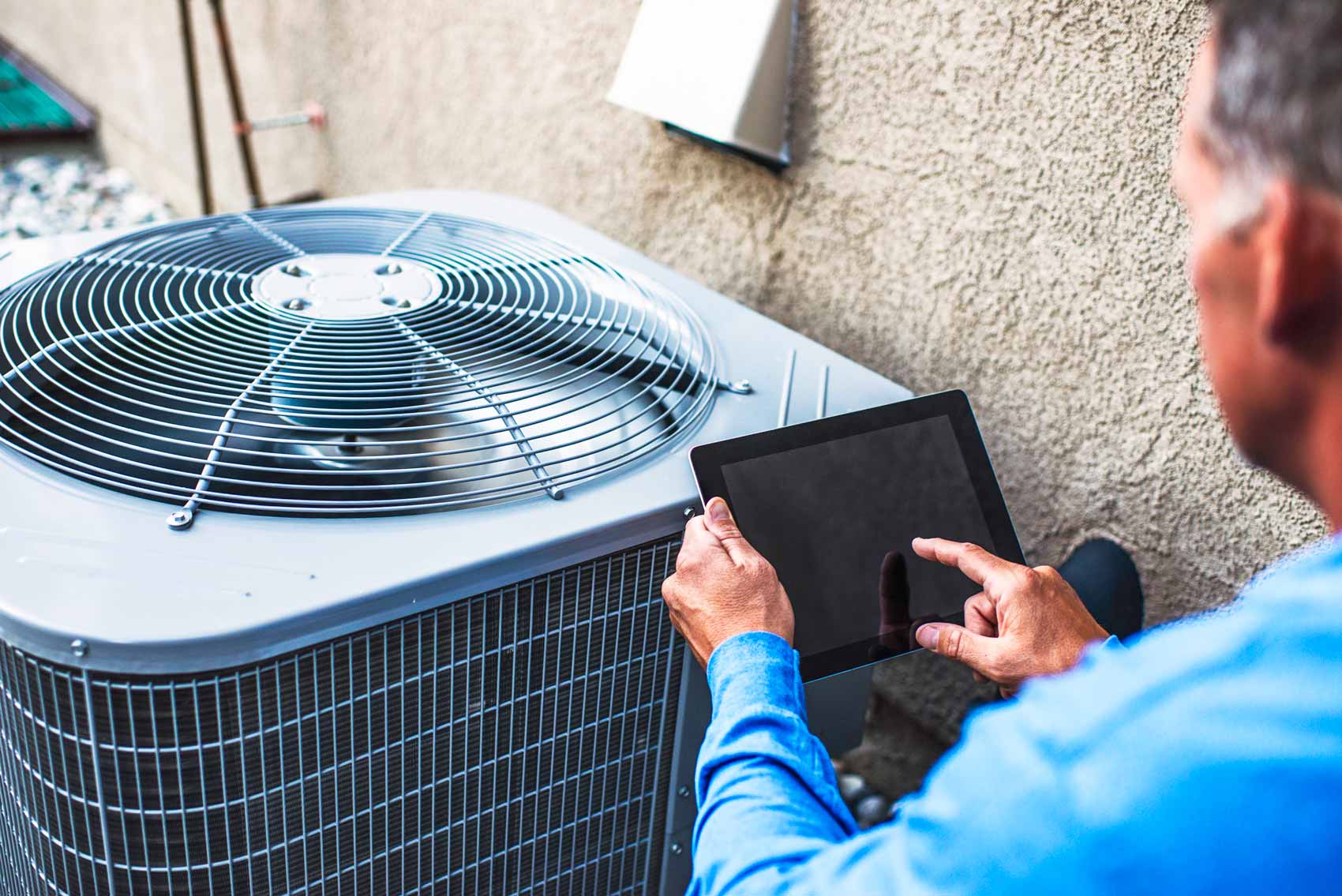Heating, ventilation systems, and climate control, commonly known as HVAC, is a vital component of modern life that many people take for granted. From the warm embrace of a heated home in winter to the crisp air of air conditioning during intense summers, HVAC systems play a crucial role in our comfort and well-being. The history of HVAC is a fascinating journey that showcases human ingenuity and technological advancements over the decades, transforming the way we manage our indoor environments.
As we delve into the evolution of HVAC, we will examine how these systems originated, their progress through the years, and the breakthroughs that have shaped today's heating and cooling solutions. Whether you are a property owner looking to enhance your system or a business owner seeking effective climate control, grasping the history and function of HVAC is key to making informed decisions. Follow us as we uncover the milestones in HVAC history and how they relate to the convenience and productivity of our residential and business spaces.
Understanding HVAC Systems
HVAC, which refers to heat, airflow, and air conditioning, is a crucial component in not only domestic and commercial structures. Its primary purpose is to provide convenience by managing indoor heat levels, managing humidity levels, and ensuring high air standard. These units integrate various technologies to enable heating during chilly seasons and refreshing during summer months, making them necessary for all-season convenience.
The elements of an HVAC system typically comprise a heater or boiler for heating, an air conditioner for cooling, air ducts for circulating conditioned air, and ventilation systems to bring in fresh air and expel used air. Improvements in HVAC technology have led to better energy efficiency and more control over heating and refreshing settings, often featuring intelligent technology that enables property owners and businesses to maximize their energy consumption and lower expenses.
An effective HVAC setup not only improves comfort but also is essential in upholding indoor air standards. By cleaning and distributing air, these systems reduce allergens and pollutants, which is notably critical for people with breathing conditions. Proper knowledge and upkeep of HVAC components can lead to a healthier living environment and higher performing operation, ultimately saving energy and reducing energy bills.
Heating, Ventilation, and Air Conditioning Maintenance and Performance
Regular care of your HVAC equipment is essential for guaranteeing its effectiveness and longevity. A well-maintained system not only operates more efficiently but can also lead to considerable savings on energy bills. Basic maintenance tasks include replacing air filters regularly, cleaning air passages, and monitoring the thermostat configuration. By keeping these components in good condition, you can prevent unnecessary strain on the unit, which often results in costly repairs and excessive energy use.
In alongside regular upkeep, annual maintenance is important for improving your equipment's effectiveness. Spring and fall are ideal times to arrange qualified tune-ups, as these periods typically involve shifting between heating and and cool modes. Technicians can examine various aspects, such as refrigerant levels, electrical connections, and motor performance, making sure that your system functions effectively when it is needed the most. Overlooking these annual check-ups can lead to surprising breakdowns when conditions spike or drop.
Enhancing the performance of your HVAC unit can also be realized through smart technology and upgrades. Adopting a programmable thermostat provides better temperature control based on your routine, lowering energy consumption when you are away. Moreover, explore investing in highly efficient appliances or segmented heating and cooling solutions. Over time, these advancements can greatly improve system efficiency, reduce your carbon footprint, and lead to considerable cost savings on power bills.
Breakthroughs in HVAC Technology
The HVAC industry has seen noteworthy progress over the decades, leading to improved efficiency and greater comfort for homeowners. Smart thermostats are a key advancement, allowing users to operate their heating and cooling systems via smartphone apps. These devices understand user choices and adjust settings automatically, resulting in reduced electricity usage and lower energy costs. Additionally, integration with home automation systems enables smooth control of HVAC together with other automated devices, boosting overall convenience.
Another breakthrough in HVAC solutions is the introduction of variable refrigerant flow systems. These units enable accurate temperature control and effective functioning by adjusting the amount of coolant flowing to the inside components based on requirements. This adaptability not only enhances comfort but also considerably lowers energy expenditure compared to older systems. air conditioning repair in split HVAC systems have made climate control more available for residences without current ductwork, allowing for tailored climate control in separate areas.

Geothermal HVAC solutions represent another state-of-the-art solution in HVAC innovations. By harnessing the earth's stable subsurface temperatures, these systems can provide efficient heating in the chilly season and cooling in the hot months, often with meaningful energy savings. The initial investment may be greater, but the long-term advantages include reduced utility costs and a lower carbon footprint. As technology continues to progress, HVAC systems are becoming smarter, even more efficient, and better aligned with sustainable practices, defining the future of climate technologies.
